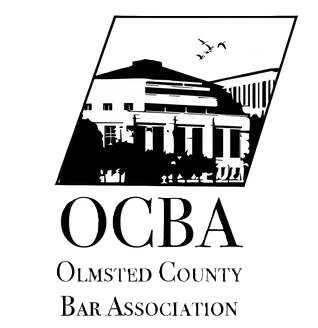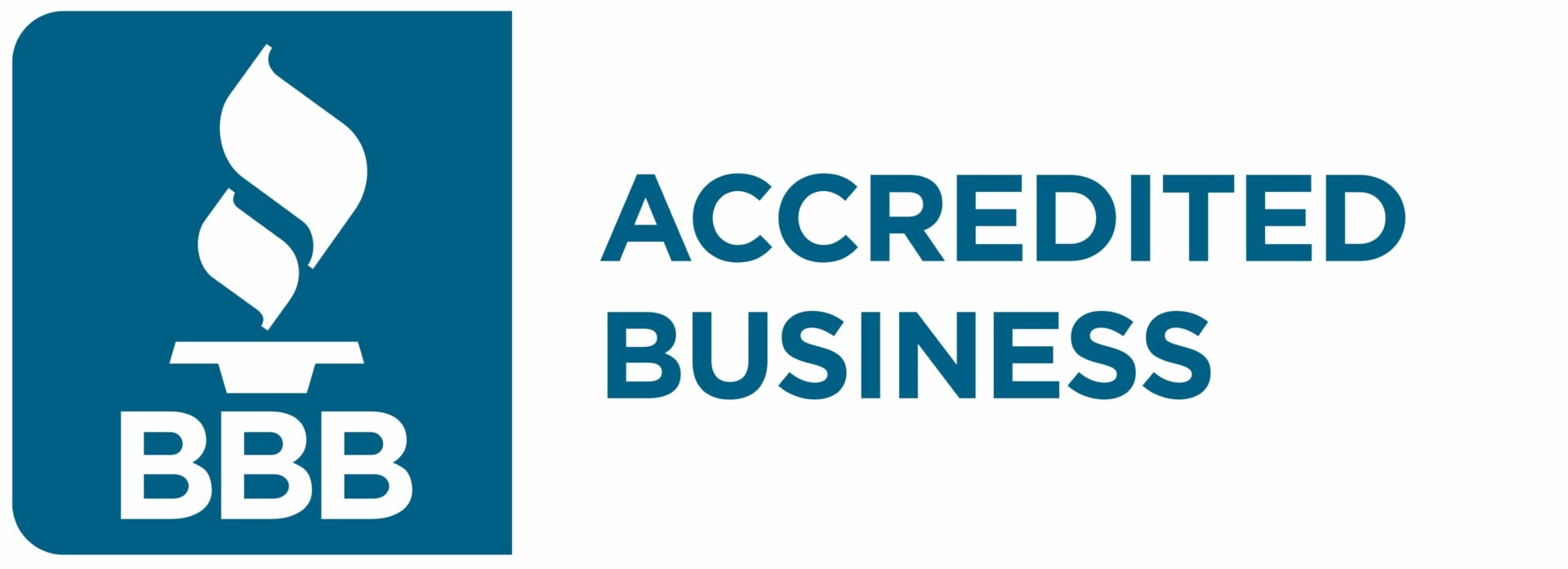Collaborative law has been touted as the child friendly, kinder, gentler way to get a divorce. It requires parties to commit at the outset that they are not going to court. Once the threat of going to court is removed, the focus shifts toward finding solutions uniquely suited for each family and/or child. The collaborative approach saves time and money while striving to preserve a civil relationship between the parents for the benefit the children.
Frequently Asked Questions
What is collaborative law? The three key elements of collaborative law are: (1) A commitment to respect the goals of both parties; (2) Voluntary exchange of information, and; (3) An agreement by both parties that they will not go to court (and the withdrawal of both parties attorneys if the case does go to court).
What does the collaborative process look like? Each party must hire a Collaborative attorney and the parties and their attorneys then sign a Participation Agreement. After that, the parties and their attorneys engage in a series of four way meetings. In these meetings the parties exchange information and discuss possible solutions for their divorce, i.e. asset and debt division, alimony, child custody, visitation and child support. If other professionals are necessary, such as appraisers or counselors, they are hired jointly by both parties. Once the parties have reached an agreement, a joint petition and settlement agreement are filed with the Court.
How is collaborative law different from mediation? Mediation involves a neutral third party and generally mediation sessions occur over one or two days. If mediation is unsuccessful, either party may walk out of the mediation and proceed to trial with their attorney. In collaborative law, there generally is not a mediator and the parties, with their attorneys, have a series of four way meetings over whatever length of time is necessary in order to resolve the issues. If the collaborative approach is unsuccessful then each party has to hire a new attorney in order to litigate the case.
Why does my lawyer have to resign if the case goes to court? The requirement that the lawyers for both parties must resign if the matter goes to court provides the parties and their lawyers with a lot of motivation to be reasonable and try and work together to reach a solution. Threats of litigation and/or other intimidation tactics are replaced with openness, cooperation and candor.
What are the advantages of the collaborative process? The parties retain control. The agreement reached is negotiated by the parties and drafted by their attorneys. The result is an agreement that is uniquely tailored to your family. You get to take the time to consider those things that are important to your family. For example, if the children always spend Christmas eve with your family and Christmas day with your spouse’s family and you want to make sure that continues, it will be drafted into your agreement. Or, if the children are in certain sports or extra-curricular activities, who pays for what and what sports they will be in going forward will also be drafted into your agreement. Removing the threat of going to court also reduces stress and anxiety surrounding a divorce, creating a healthier environment for the parties and the children. In addition, the collaborative approach is, in general, less expensive and faster than going to court.
Do I need to have children to have a collaborative divorce? No. Collaborative divorce works well for any couple who is wanting to keep the level of hostility to a minimum when working through their divorce. The only real requirement is that the parties both commit to using the collaborative approach. Most importantly, the parties must agree to maintain a tone of respect with each other and be committed to working together cooperatively and creatively to resolve their issues.
Do you have any advice for how I should conduct myself at the four way meetings? The general ground rules for collaborative law (from the Northwest Iowa Collaborative Professionals) are listed below.
1. Focus on the problems and concerns at hand. Do not attack each other.
2. Avoid position; rather, express yourself in terms of needs and interests and the outcomes you would like to realize.
3. Work for what you believe is the most constructive and acceptable agreement for both of you and your family.
4. During the four way meetings with your attorney (both attorneys and both clients are present) remember the following:
-Do not interrupt when the other party or their attorney is speaking. You will have a full and equal opportunity to speak on every issue presented for discussion.
-Do not use language that blames or finds fault with the other. Use non-inflammatory words. Be respectful of others.
-Speak for yourself; make “I” statements. Use each other’s first name and avoid “he” or “she”.
-If you share a complaint, raise it as your concern and follow it up with a constructive suggestion as to how it might be resolved.
-If something is not working for you, please tell your attorney so you concern can be addressed.
-Listen carefully and try to understand what the other person is saying without being judgmental about the person or the message.
-Talk with you attorney about anything you do not understand, your attorney can clarify issues for you.
5. Be willing to commit the time required to meet regularly. Be prepared for each meeting.
6. Be patient–delays in the process can happen even with everyone acting in good faith.
Resources
International Academy of Collaborative Professionals







